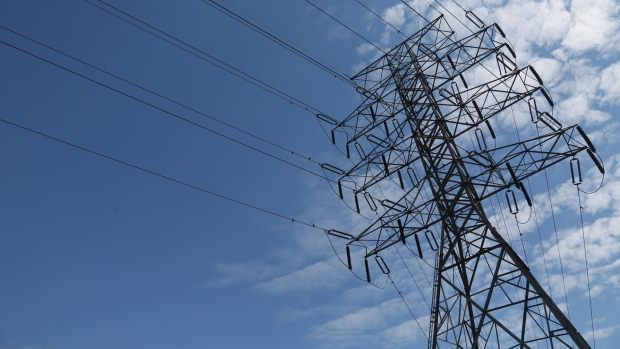Why few Canadians know joys of electric cars
By Edmonton Journal
Arc Flash Training CSA Z462 - Electrical Safety Essentials
Our customized live online or in‑person group training can be delivered to your staff at your location.

- Live Online
- 6 hours Instructor-led
- Group Training Available
Not long after that, GM rounded up the few hundred EV1s on the road and sent them to the car crusher, as shown in the 2006 documentary Who Killed the Electric Car? But Hoskinson has been hooked on battery power ever since. He has converted three cars, a Mazda B2000 truck run with 16 batteries, an ancient Citroen and a new Toyota Scion.
"My main reason is to reduce the environmental footprint of driving," says Hoskinson, a doctor in nuclear medicine at the University of Alberta Hospital.
A city commuter drives an average of 50 to 70 kilometres daily, well within the range of electric cars. If this driving was done with batteries and not gas, there'd be less smog, reduced greenhouse gases and quieter streets, he says.
People just have to get used to the idea of plugging in at night "like we plug in our cellphones." The big car makers have about a dozen gas-electric hybrids on the road these days, but the only way to get an electric-only, highway-capable car is to convert a gas guzzler.
It's an expensive process. Conversion kits, designed and built by a small B.C. company, Canada Electric Vehicles, cost $9,000 to $12,500.
Hoskinsons's new Scion is more expensive as it includes $18,000 for high-end, lithium-ion batteries that will double its range to 150 km. The total for the Scion conversion is $55,000, including the new car, the electric motor, batteries and labour.
Hoskinson figures it costs him $2 in electricity to go 100 km, versus about $10.80 for the average gasoline car, assuming a fuel efficiency of eight km/litre and gasoline prices around $1.35/litre.
He's also a bit of a mechanic, which helps when it comes to checking batteries and connections. There are no corner garages for electric car owners.
In Nanaimo, Randy Holmquist, owner of Canadian Electric Vehicles, says he sells about two conversion kits a week. That's up from about two kits a month before gas prices jumped.
The basic kit is designed for a Chevy S10 pickup truck and also fits other vehicles. Converted cars travel at speeds of 120-140 km/h on the highway and have a range of 60-80 km with regular lead acid batteries.
Hoskinson's Scion will be one of the last for Holmquist. He's getting out of the conversion business to spend more time building his Might-E electric truck.
Holmquist designed the small, low-speed truck, and builds a handful each year in his small shop. The University of British Columbia uses 10 on campus to replace gas-guzzling maintenance vans.
But Holmquist sends most of his trucks into the U.S., where the regulatory climate is more flexible. His trucks can be sold south of the border, along with Canadian-made electric, low-speed passenger vehicles that are not allowed on Canadian streets.
The U.S. has been quicker to open doors to these vehicles than Canada.
In 2000, Transport Canada created the new Low-Speed Vehicle category to stay in line with the U.S. Both countries initially excluded small trucks from the LSV category.
But the U.S. has reversed itself and now allows LSV trucks on the market and on public roads in some states.
It's taking longer in Canada. In December 2007, Transport Canada finally announced it is ready to include small trucks in the LSV category. After a 90-day public consultation, the federal department is now analyzing the public submissions to make a final decision.
Holmquist says the policy change is critical for his business and he's been waiting for four years to starting marketing.
So imagine his surprise in June when a U.S. competitor was allowed to bring an electric truck into Vancouver for a promotion, yet his own Might-E trucks are not allowed to be marketed. The U.S. vehicle, is made by a Minnesota company, E-Ride.
Transport Canada says it did not give authorization and there was a "misunderstanding" by the importer.
Holmquist is clear about what he wants: "All we're asking for is a level playing field. We're Canadian and we should get equal opportunity." Under Canadian regulations, LSV electric trucks and passenger vehicles are deemed unsafe for public roads.
Holmquist has no problem with that restriction for his trucks. But that's a sticking point for Canada's fledgling manufacturers of LSV passenger vehicles like Dynasty and ZENN whose vehicles run on public roads in more than 40 U.S states.
It's been a tough road, says Holmquist. "The most frustrating thing is the government is squawking green and yet there isn't one Might-E truck in the federal fleet," though military bases and National Parks parks would be prime locations.
"I've sort of given up on Canada," he says.











